With the month of May now well underway, planting season is in full swing. Whether you’re planting a vegetable garden, flower beds or a couple of containers on your deck, nothing is quite as rewarding as watching a garden grow and thrive. Here are my favorite plants and gardening secrets to try this month as you work in the garden.
First, no garden is complete without at least some annuals for summer-long color. While they need to be replaced each year (unlike a perennial, an annual requires an annual trip to Vander Giessen’s!), no perennials can match the length of blooming time and amount of flowers annuals offer.
One of my favorite annuals is a powerhouse of color—yet it’s also one of the most underappreciated flowers in the garden. With a vigorous trailing and spreading growth habit, Wave petunias make an impressive show of color spilling out of containers or filling up a flowerbed as a groundcover. And unlike regular petunias, Waves are also self-deadheading, ensuring minimal maintenance.
Wave petunias—and other trailing petunias like Supertunias—come in a wide variety of colors. A couple of my recently-introduced favorites include Burgundy Velour, a rich magenta with a velvety appearance, and Yellow, a more unique color tone for petunias.
A second annual I’m excited about this spring is a great alternative to the classic dracaena—or “spike”—plant commonly used as a centerpiece in containers. Papyrus works well in sun-soaked planters and has a grassy texture finer than that of spikes. ‘Baby Tut’ is a dwarf version of papyrus that will provide some height for your pots without overwhelming your other plants.
Now, maybe you’re in the thick of planting your vegetable garden. May is, after all, the season for planting, and as our soil warms, your garden will begin to take off. Tomatoes are probably the most common plant for vegetable gardens, and there’s a secret many people—even experienced gardeners—may not know for planting these garden favorites.
When I take home my tomato starts each spring, I actually like to choose tall, leggy plants. After selecting my plant, I dig a hole the depth of nearly the entire tomato start, stem and all. Then, after cutting off all the leaves except the top two or three sets, I bury the plant so just those top sets of leaves are still above ground.
Unlike most plants, tomatoes actually thrive when buried deep as they will root out from the stem. By providing a stronger, more vigorous root system my tomatoes grow faster, take in more water and nutrients and produce more fruit than those planted the traditional way.
Speaking of tomatoes and nutrients, one of the most common frustrations gardeners have with growing tomatoes is blossom end rot, a black or brown deformed patch on the bottom of a tomato caused by calcium deficiency in the soil.
A new fertilizer available for vegetable gardens will correct blossom end rot and feed your tomatoes and other veggies with the nutrients they need for proper growth and fruit production. Jack’s Tomato Feed comes from the same company that produces my favorite flower fertilizer—Jack’s Classic—and contains calcium nitrate as well as extra iron to help your tomatoes thrive. Use it every week or two and see the difference that proper nutrition makes in correcting blossom end rot.
Finally, have fun! Whether you’re planting your garden or tending to the flowers you were given for Mother’s Day, gardening is meant to be enjoyable, so be sure to take some time this month to sit back and simply enjoy.


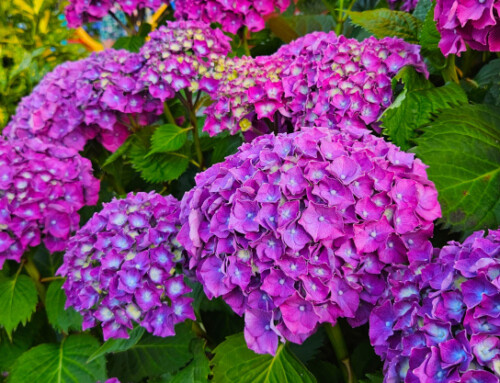
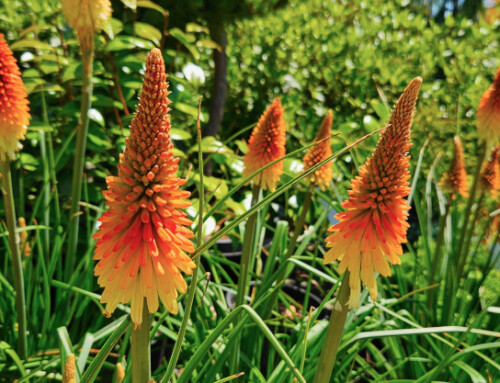
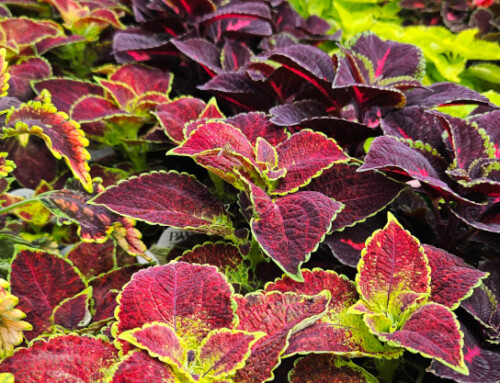
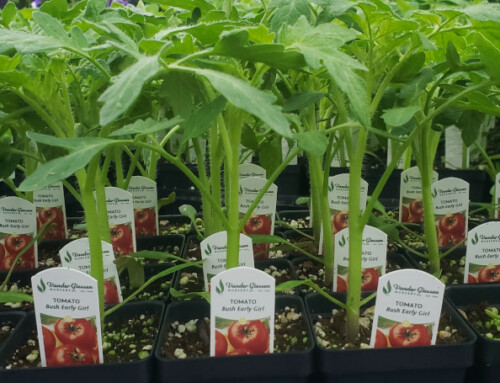
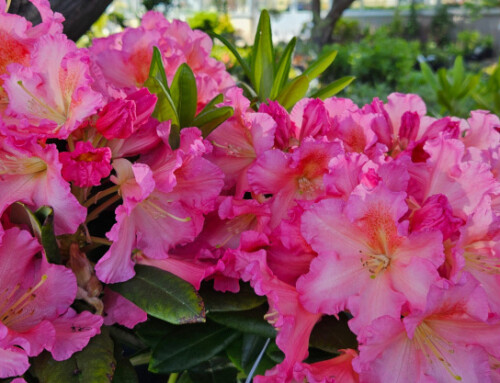
Leave A Comment